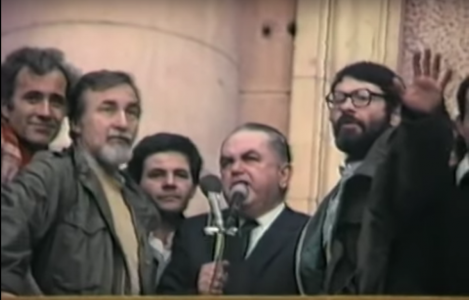Images in power: Flusser and the Timișoara fake
Abstract
This article is about Vilém Flusser’s theory of technical images in the light of the Romanian Revolution. In December 1989 some photos of corpses were broadcasted as a documentation of a huge massacre perpetrated by the political police of the regime of Ceaușescu in Timișoara, Romania. Those pictures had a deep effect on population and probably had a role in the increase in tension that lead to the violent end of the Revolution. It was later discovered that the corpses in the photos were not related to the police repression and that the carnage that occurred was not as huge as it was thought. Many media theorists immediately discussed what happened in Romania in several congresses and articles. Among them was Vilém Flusser, an important (and underrated) philosopher and communication theorist. This article will focus on his hypotheses and will only use the Romanian events as a background to retrace Flusser’s ideas on the “conditions of truth” of photography and video. In his late writings Flusser questions the objectivity of photography and the concept of document. Technical images are not subjective, but they have an emotional power on people and affect the circumstances they are supposed to catch objectively. One shouldn’t ask if a photo is true or false, but what its effects are: not what it is, but what it makes.

Downloads
Published
How to Cite
Issue
Section
License
Copyright (c) 2023 Elephant & Castle

This work is licensed under a Creative Commons Attribution 4.0 International License.





